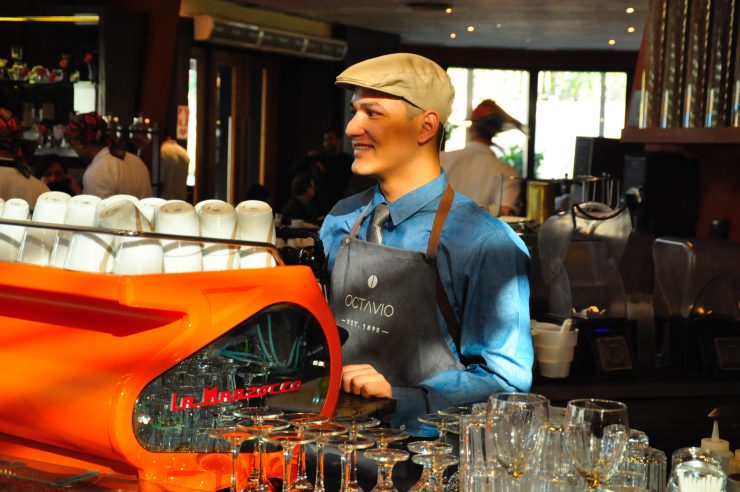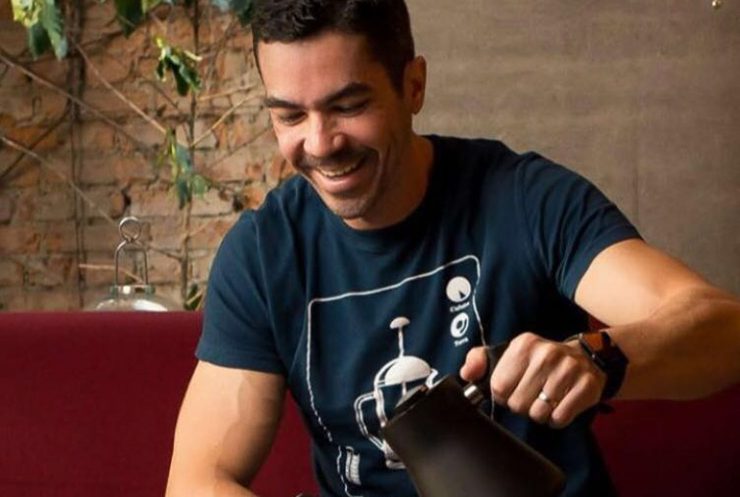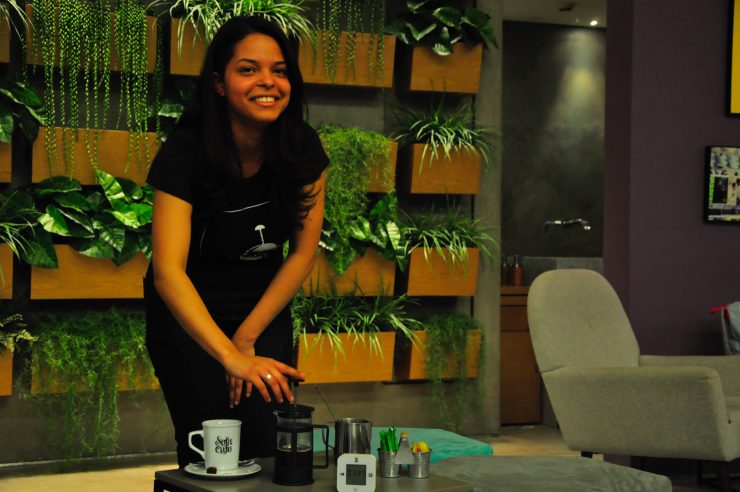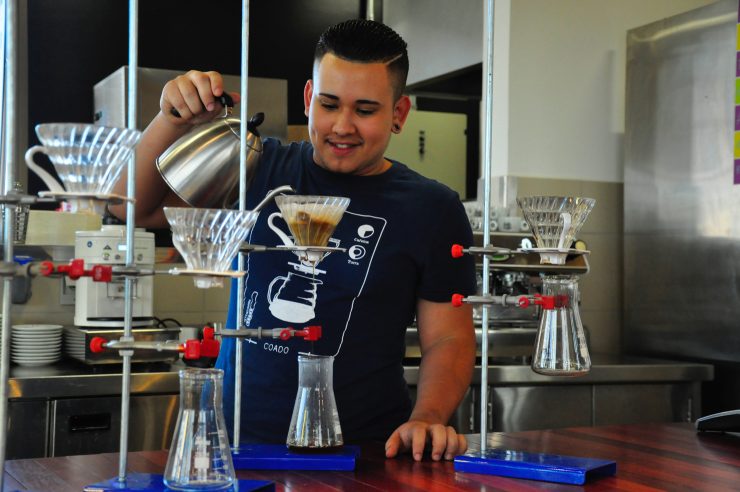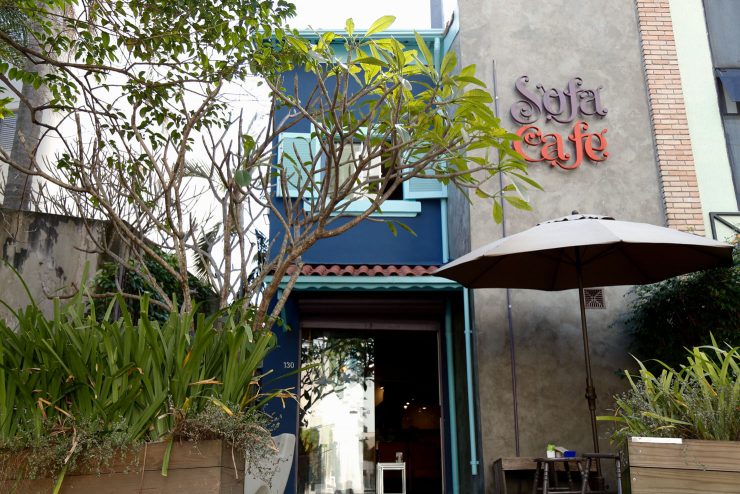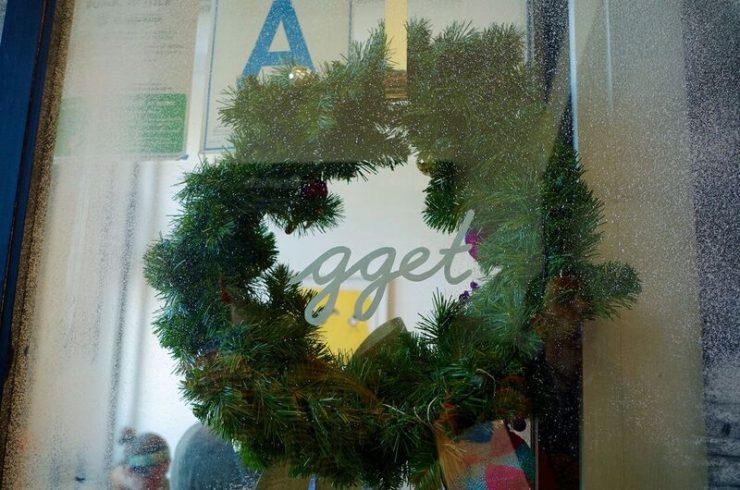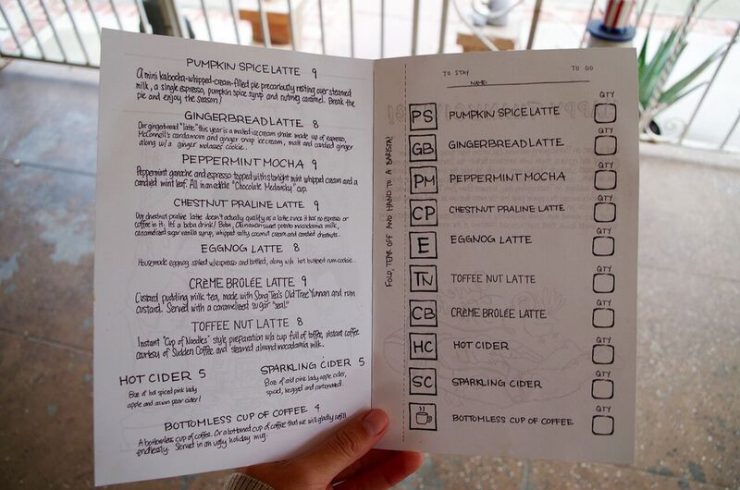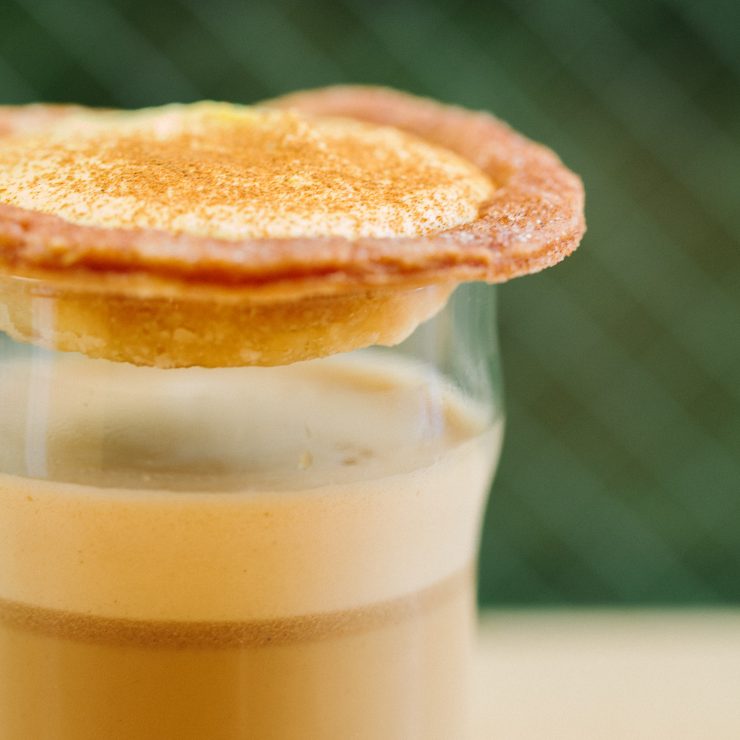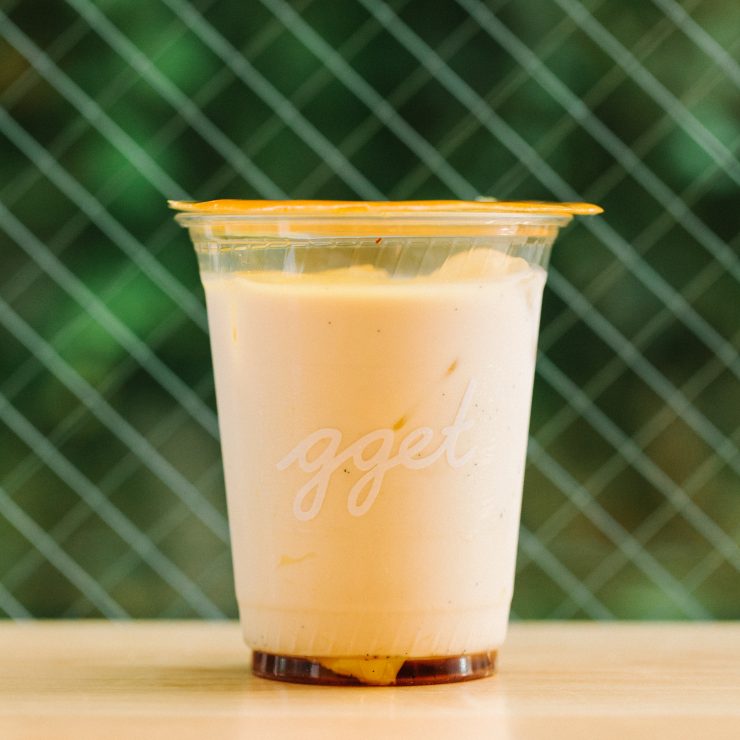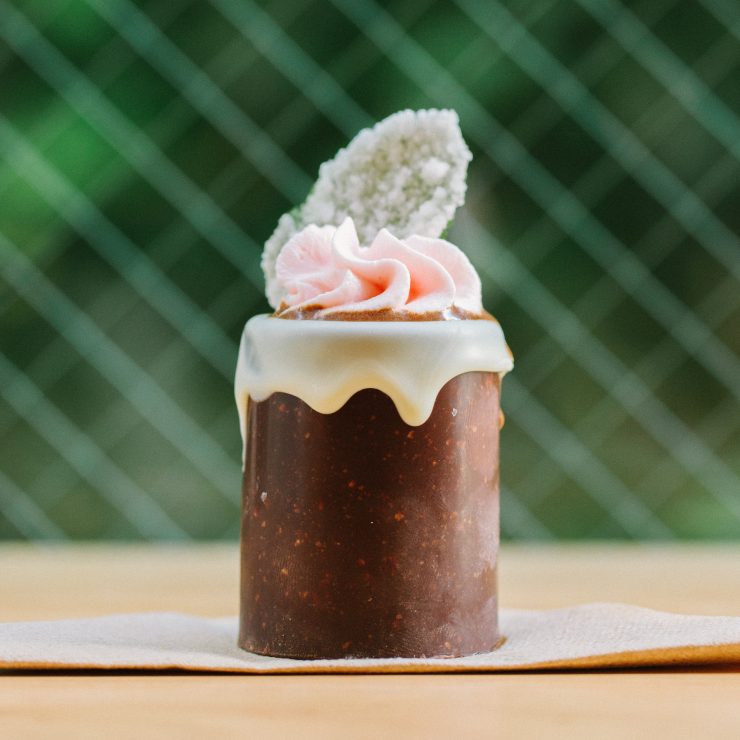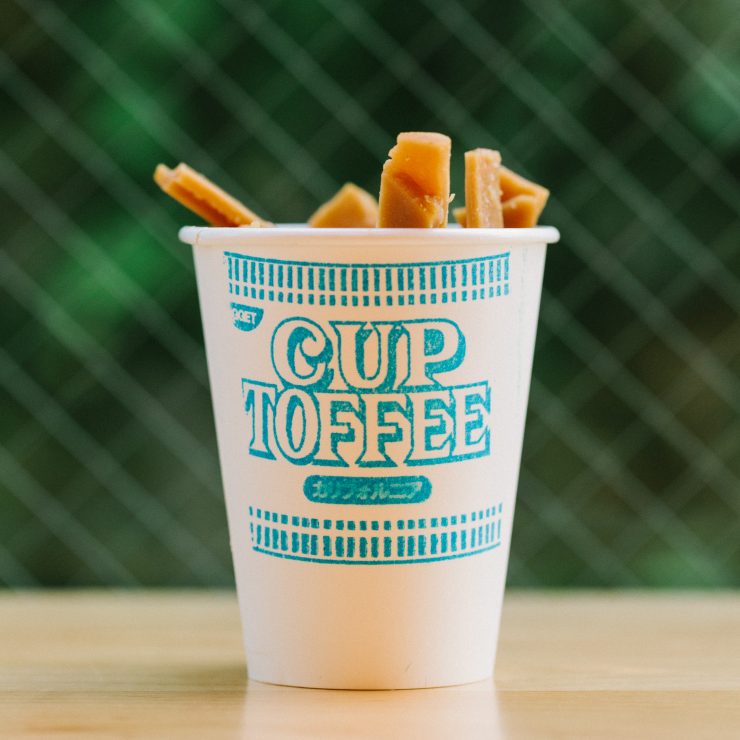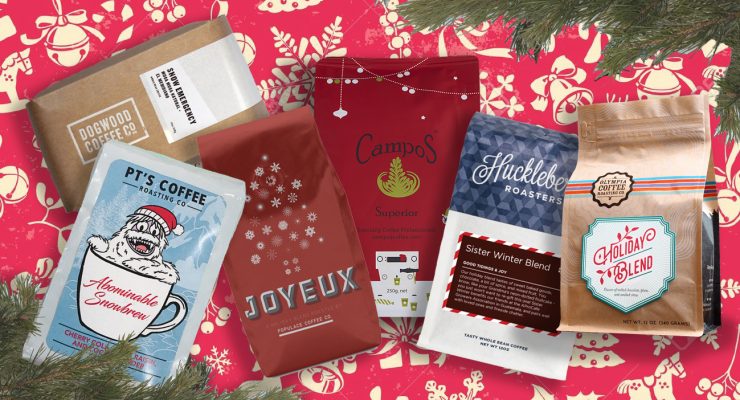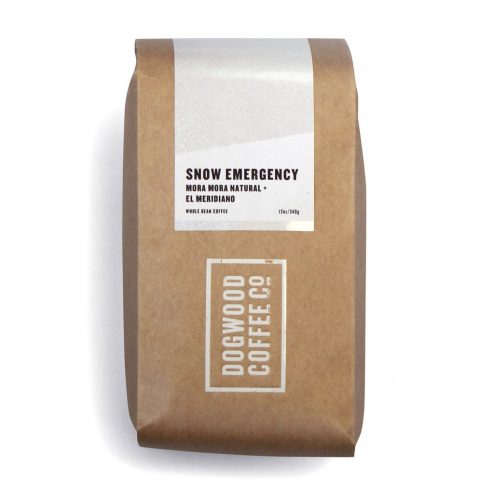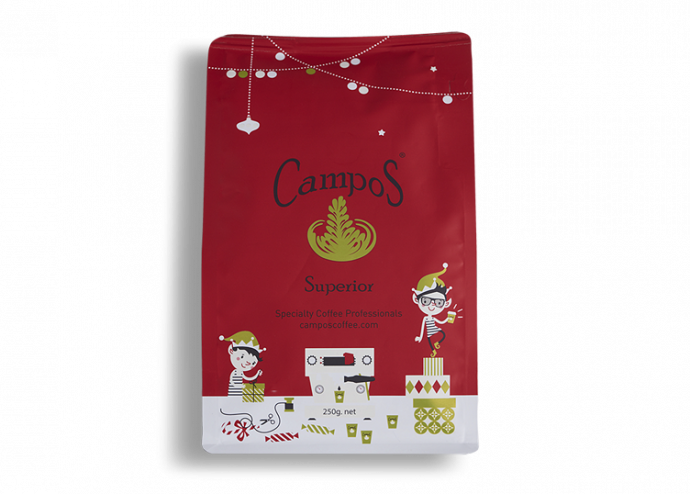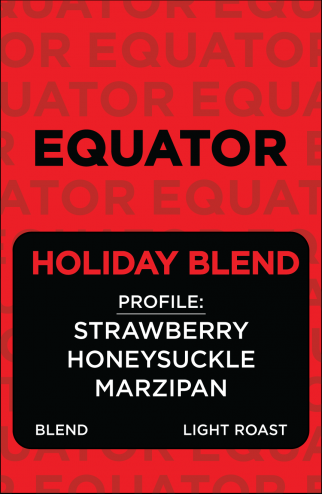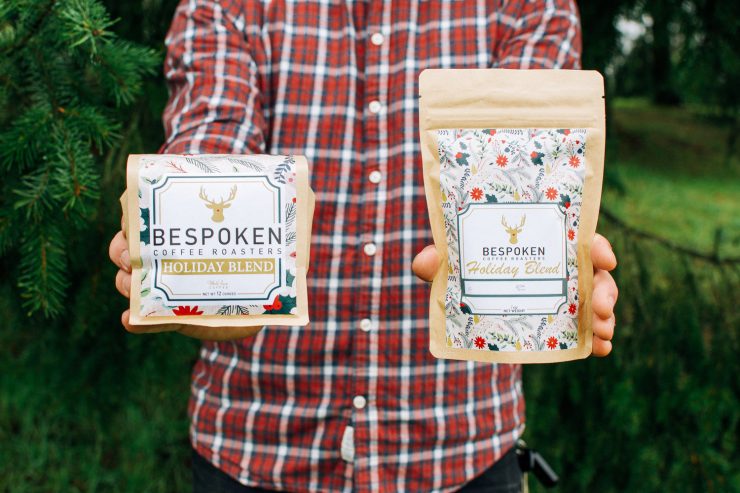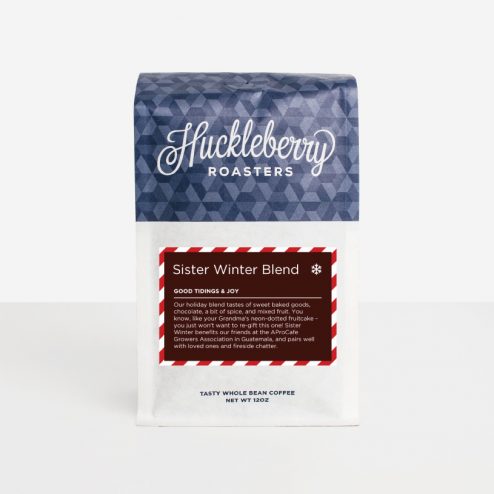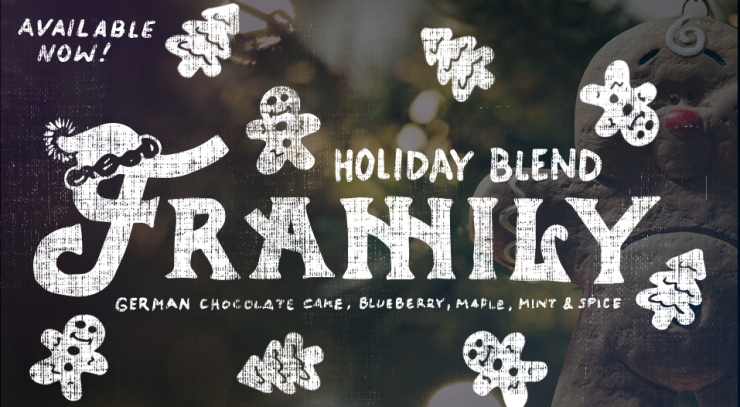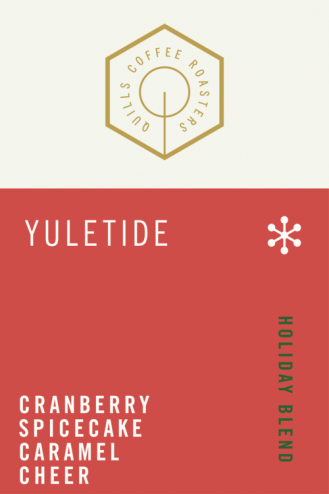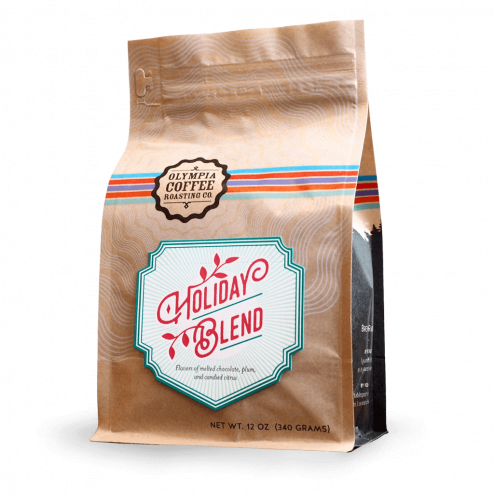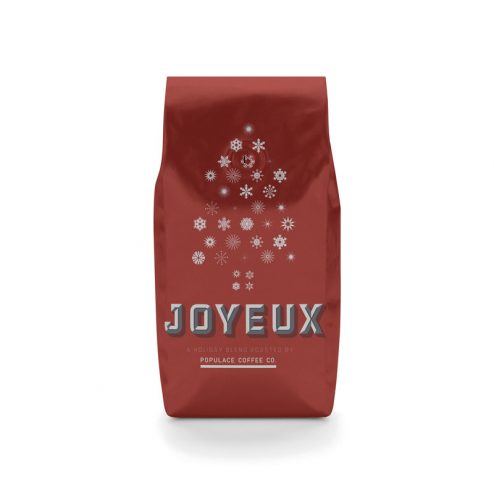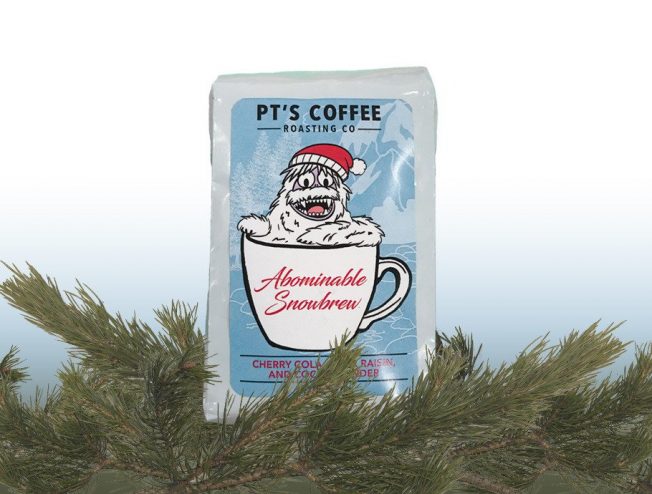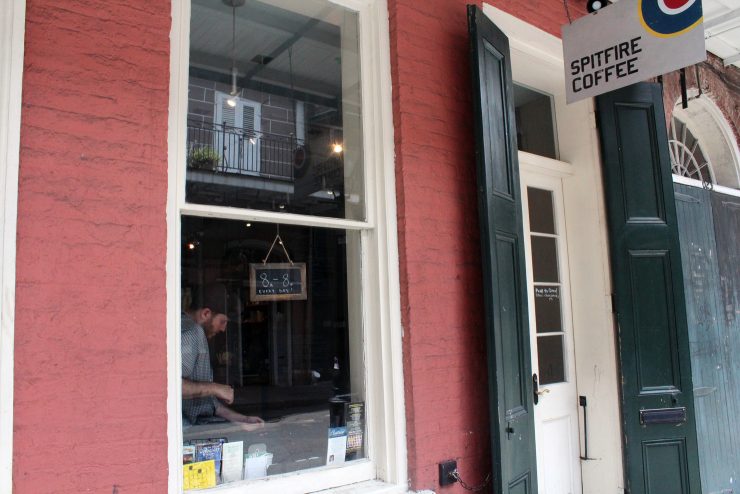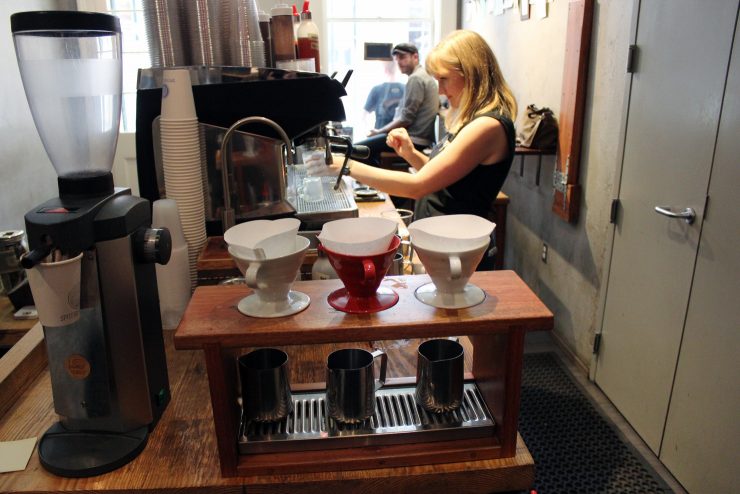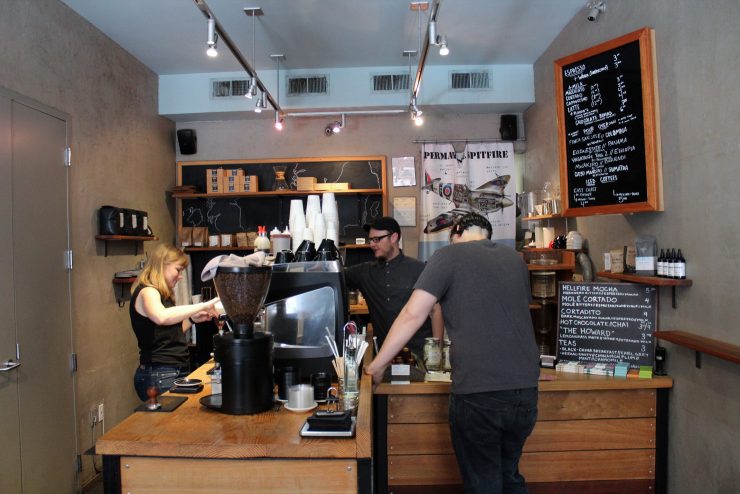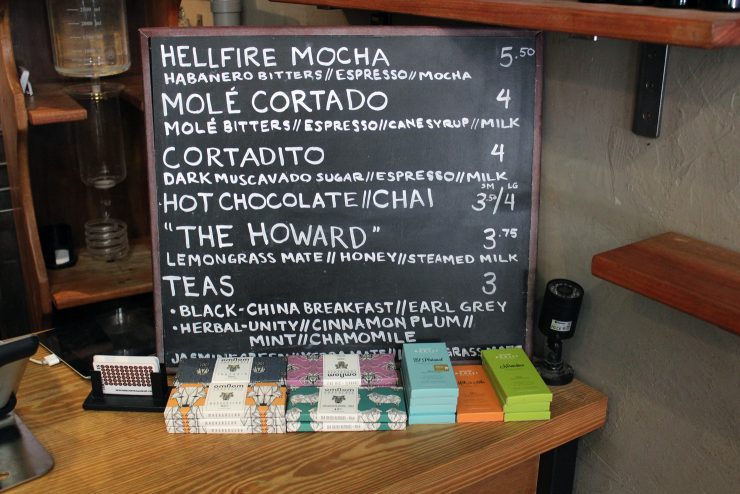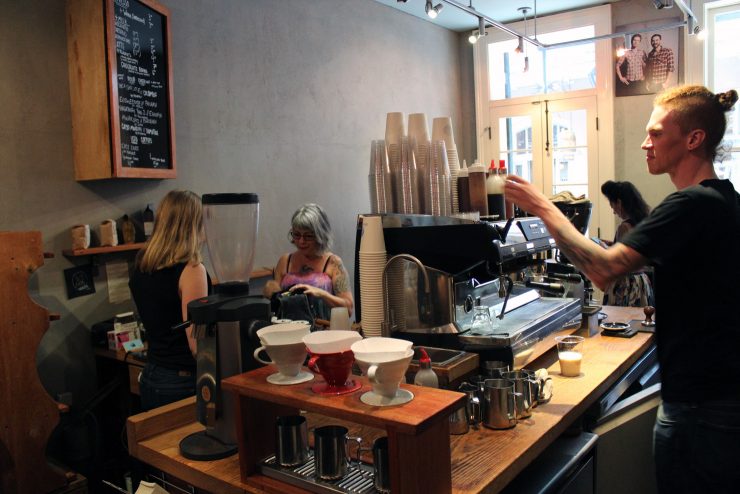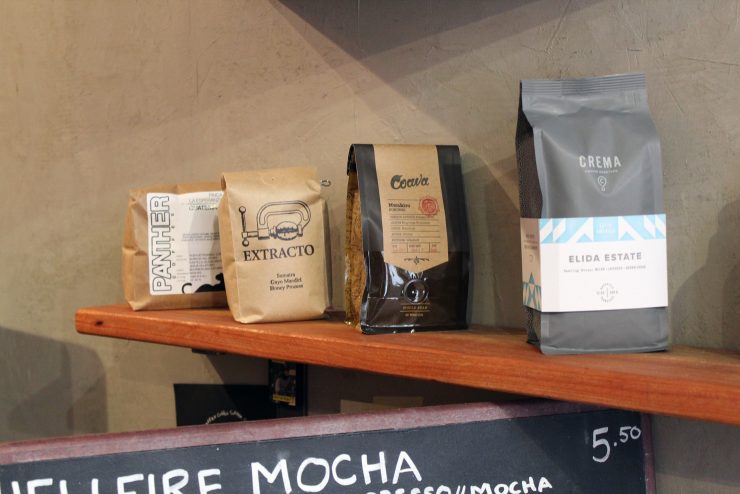Las canastas de espresso, son pequeñas pero poderosas. Y a pesar de su importante impacto en la extracción, se pasan por alto.
De hecho, hace un poco más de media década que Vince Fedel de VST lanzó por primera vez sus canastas al mundo del café – años después del surgimiento de otros avances en equipos de especialidad como las máquinas de múltiples calderas con controlador PID en los grupos. Sin embargo, en los últimos años la percepción de las canastas de espresso ha venido cambiando.
Y hoy en día, tenemos una nueva marca en el mercado: IMS. Entonces, ¿Cómo clasifica el IMS con respecto al VST? Bueno, he decidido ponerlos a prueba en una degustación a ciegas con canastas de diferentes tamaños. Sigue leyendo para descubrir cuales ganaron.
English Version: IMS vs VST: Espresso Baskets and Their Effects on Extraction
Quién es Quién en el Escenario de las Canastas de Espresso
Aunque las VST fueron revolucionarias, no fueron las primeras en ofrecer mejores canastas que las que llegaban con las máquinas de espresso. Las canastas Synesso, por ejemplo, siempre fueron las más recomendadas. Sin embargo, las VST eran las que investigaban los efectos de la geometría, el diámetro de los orificios y la forma en la extracción. Ofrecían un filtro de consistencia garantizada por su ubicación y forma de los orificios.
Antes de esto, la mayoría de las canastas tenían defectos de diseño. El tamaño de los orificios variaba en gran medida, algunos eran lo suficientemente grandes que dejaban pasar las partículas en el espresso, mientras que otros eran tan pequeños que se bloqueaban fácilmente, todo en una sola canasta.
Además, la geometría de estas canastas normalmente no optimizan un extracción uniforme: el área de la superficie de salida era por lo general más pequeña que la de entrada, obteniendo como resultado un flujo inapropiado del agua a través de pastilla de café.
Así por varios años, las canastas VST se posicionaron como las mejores. Ocasionalmente, escucharás quejas de los baristas que son imperdonables, pero el consenso general (y mi propia opinión) es que una buena distribución y ‘tampeo’ pueden eliminar estos problemas.
Aunque una nueva marca se ha puesto en escena: IMS. Esta empresa italiana comenzó a producir productos en metal para la industria del espresso un tiempo después de la Segunda Guerra Mundial. Y ahora lanzaron una nueva gama llamada Competition Filters, de los cuales dicen que ofrece las mismas características de las canastas VST.
Es momento de poner esto a prueba…
No subestimes el poder de una buena canasta
Te puede interesar: Mantenimiento de la Máquina Espresso: Aspectos Esenciales
Testeando las Canastas IMS y VST: La Metodología
Preparamos una variedad de espressos con las canastas para la degustación a ciegas, con un café de Ruanda Cyanika de Colonna Coffee y un Peaberry de Tanzania Hasambo de Roundhill Roastery. Ambos cafés tenían un tueste claro pero bien desarrollado.
El ajuste de la molienda se hizo con un EK43 de “coffee burrs” y los espressos se prepararon en una Mirage de Kees Van der Westen, la cual tiene una restricción del flujo y una baja presión (6.5 bares). Los ratios de extracción se escogieron para optimizar cada grano pero se mantuvieron constantes en los tamaños de las canastas y fabricantes.
Otra cosa a la que tuvimos que prestarle atención fue al tamaño de la molienda. Algo que conocemos desde hace un tiempo es que la finura de la molienda se debe cambiar al cambiar del tamaño de canastas. Esto tal vez suene obvio ya que las canastas más grandes contienen más granos los cuales vuelven más lenta la extracción, pero la variación en el diámetro de los orificios de los tamaños de las canastas debería, en teoría compensar esto. En realidad, la canasta de 15g requiere de una molienda 1 punto más fina que para la de 18g en la escala de un EK para mantener el mismo ratio de extracción en el mismo tiempo.
Resulta interesante que también hubo una variación significante en la finura de la molienda requerida al comparar el mismo tamaño para las canastas IMS y VST. Las canastas IMS requirieron de un ajuste de la molienda entre 1 y 1.5 puntos más fina que para la VST para poder lograr el mismo resultado. Concluimos que esto fue probablemente el resultado del diámetro del orificio pero debido, a que medir algo tan pequeño va más allá de nuestras capacidades, esto es solo una sospecha.
El equipo para nuestra prueba
Prueba la Diferencia: Los Resultados de Nuestra Prueba
Bueno, en boca hubo una preferencia general por las canastas IMS, a las cuales se les destacó que producen un poco más de dulzor y delicadeza en taza. Sin embargo cabe destacar que estas diferencias eran muy mínimas. De hecho, eran casi imposibles de detectar en una bebida con leche.
Una posible explicación de los que prefirieron las canastas IMS es que se requería de una molienda más fina para el mismo espresso en términos de ratio de extracción, dosis y tiempo que para un filtro VST. Con esto tal vez se logre una mayor uniformidad de la molienda ya que al ajustarla más fina, los dos picos de la distribución de las partículas tiende a ser más cercano. Pero una vez más, esto es solo una suposición.
Sin embargo existe un inconveniente con las canastas de IMS: con cafés de tueste claro y la canastilla más pequeña (15g), llegamos al límite de finura de la molienda de un EK. Esto es difícil de que sea un problema para los molinos de espresso convencionales pero es algo que debes tener en cuenta si usas las “coffee burrs” en tu molino EK.
Las IMS también tienen una canasta de tamaño sencillo, llamado The Single, el cual está específicamente diseñado para producir un espresso sencillo con el mismo tipo de molienda de una canasta doble. En la práctica, por lo menos con nuestros cafés, necesitaban ajustarse un poco más grueso para mantener el mismo rango de flujo de uno doble. Sin embargo, con este sí se obtiene un mejor espresso que el que normalmente se obtiene al dividir el doble utilizando un porta filtro de doble salida.
El Ganador de la prueba del IMS y VST
Basándonos en nuestra prueba, admitiendo que fue bastante limitada, los filtros IMS son un poco mejor en sabor que los VST. La diferencia es mínima y mucho menos notoria que las diferencias entre los fabricantes de ambos productos y los filtros que aún vienen con muchas máquinas de espresso.
Entonces, ¿Cuál es mejor? En últimas depende de la persona y de qué tan bien la canasta trabaje con tus equipos.
Pero de cualquier forma, es emocionante ver más fabricantes de canastas de espresso de alto rendimiento entrando en el mercado. Estoy seguro de que esto conlleva a más innovación y mejoras.
Escrito por J. Prestidge, Director de Repack Espresso
Editado por T. Newton
Traducido por A. Molina y Editado por Karla Ly
Todas las opiniones de este artículo pertenecen al escritor y no reflejan el punto de vista de Perfect Daily Grind. Perfect Daily Grind cree en debatir a profundidad los temas actuales de la industria, de modo que busca representar las opiniones de todas las partes.
PDG Español
¿Quieres Seguir Leyendo Artículos Como Este? ¡Suscríbete Aquí!
The post IMS vs VST: Canastas de Espresso y su Efecto en la Extracción appeared first on Perfect Daily Grind.
from RSSMix.com Mix ID 8200593 http://www.perfectdailygrind.com/2016/12/ims-vs-vst-canastas-de-espresso-y-su-efecto-en-la-extraccion/








